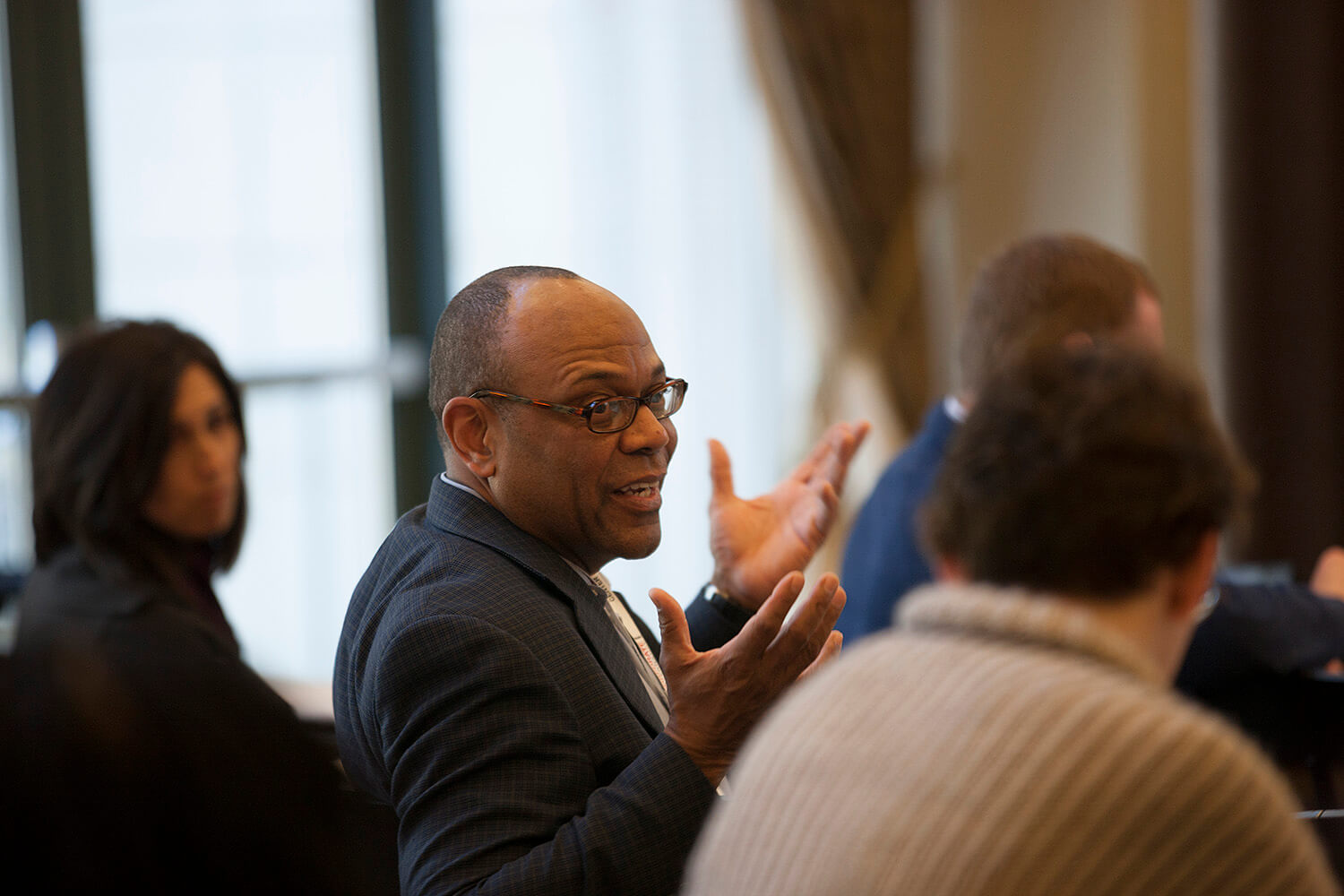Finding, nurturing, and matchmaking great talent is central to what we do at a16z. We’re always on the lookout for the best people in technology, from engineers and product geniuses to executives of all stripes.
Since some of the sharpest talent is often overlooked, especially in the boardroom, we want to build the highest caliber and most extensive network of prospective board candidates in the Valley — just as we have with our other talent networks. Especially because the need for highly skilled directors has become even more important as the number of private companies grows. Having a diverse and inclusive board makes companies stronger and better able to respond to changing markets and challenges. It’s just good business.
Inspired by an initial conversation with Sheryl Sandberg months ago, we decided to create a training program in corporate governance for women and other groups underrepresented on boards. Our approach for the program was simple: on March 5-6, along with the Director’s College at Stanford, we offered a series of lectures and conversations at the Rock Center for Corporate Governance to a group of women and minority tech professionals who may soon seek their first board seats.
 Participants learned about the basics of what it means to serve on a corporate board and the legal obligations of board membership (note: minutes — yes, minutes! — are everything). VMware co-founder and former CEO Diane Greene turned the tables on Marc Andreessen in a candid conversation about why anyone would want to serve on a board. Stanford Law professor Joe Grundfest and attorney Nicki Locker reviewed the best practices of board members, while panels of experts shared the intricacies of raising money and how to approach M&A transactions. And a group of former tech CEOs laid out their expectations of their boards, while also debating how to deal with “wild card” board members.
Participants learned about the basics of what it means to serve on a corporate board and the legal obligations of board membership (note: minutes — yes, minutes! — are everything). VMware co-founder and former CEO Diane Greene turned the tables on Marc Andreessen in a candid conversation about why anyone would want to serve on a board. Stanford Law professor Joe Grundfest and attorney Nicki Locker reviewed the best practices of board members, while panels of experts shared the intricacies of raising money and how to approach M&A transactions. And a group of former tech CEOs laid out their expectations of their boards, while also debating how to deal with “wild card” board members.
The truth is that it’s hard to land your first board seat. Training helps, but it isn’t enough by itself. The network of prospective board candidates is often made up of people already serving on boards. So how can more people, different people, join? One answer is to break open the self-reinforcing model by offering a pool of prepared women and minorities not currently represented on boards to companies looking to fill open seats in Silicon Valley and beyond. As the panel responded when one CEO asked how she could find prospective board candidates, “Start by looking around this room!” This program was our first step.
photos: Misha Bruk




